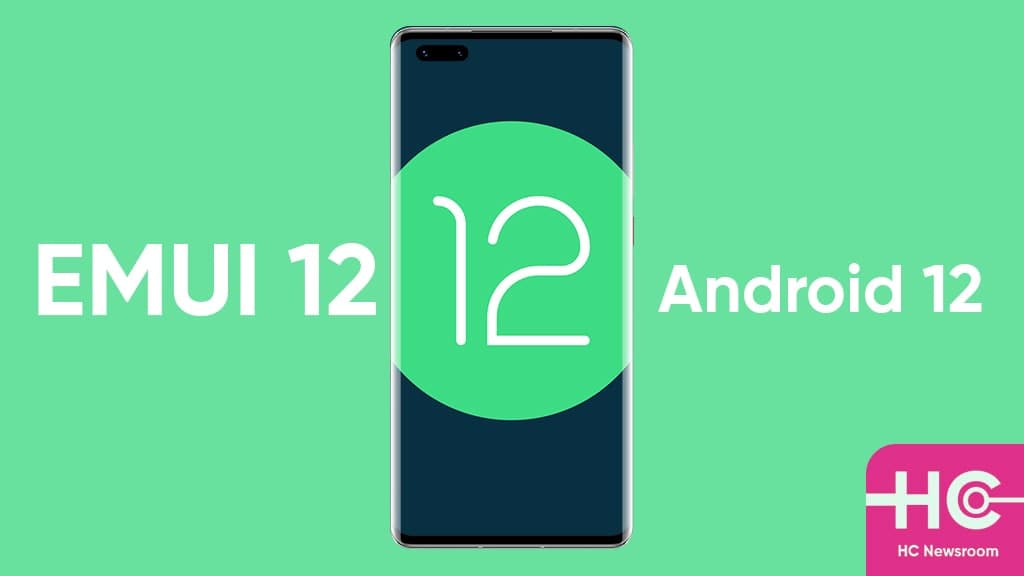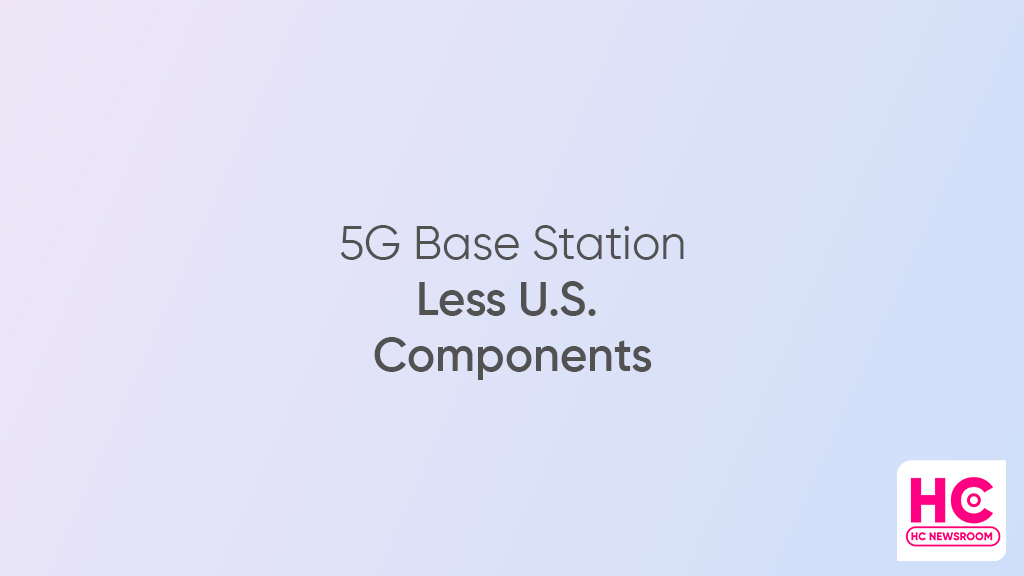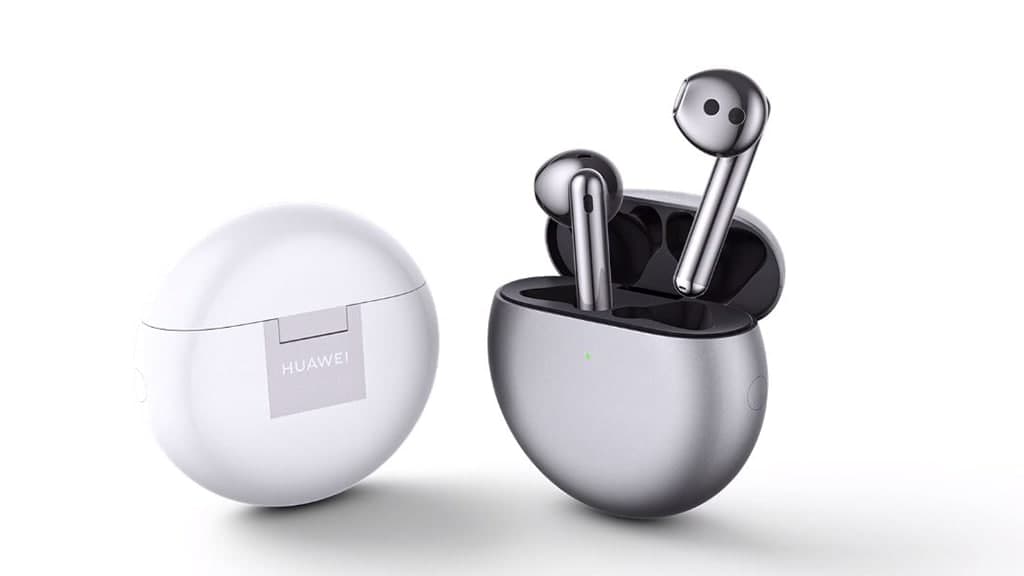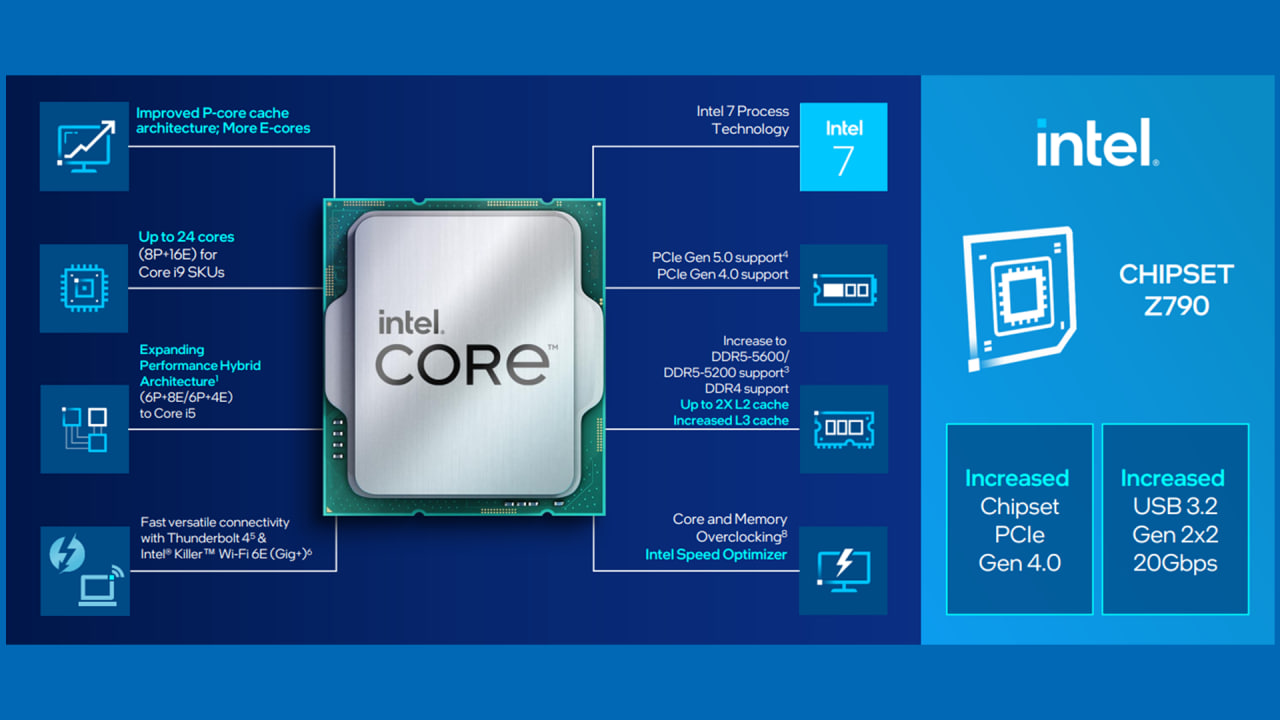HarmonyOS is not Android or iOS: Huawei Software Chief
Huawei announces stable HarmonyOS 3 for Nova 6 and 7 series
Huawei HarmonyOS 3.1 preparing for beta test
HarmonyOS 3 changelog for Huawei Watch 3 [Global]
Huawei Mate 40 series gets Turbo Charge mode
New Huawei P60 series cover leak reveals IR blaster and more
Huawei Watch 4 series should launch in the first quarter
Huawei, Is there any chance of EMUI 13.1?
Huawei Mate X3 launch postponed, P60 booked for the first quarter
Which non Google apps Huawei phone you purchased in 2022?
Huawei Nova Y90 gets December 2022 update
Huawei Mate 40 series gets Turbo Charge mode
Huawei Nova 5T gets 2022’s last EMUI update
Huawei P50 Pocket gets December 2022 EMUI update [Global]
Breaking: Global Huawei Watch 3 began receiving HarmonyOS 3
Download the latest Google Play Store APK [33.6.13]
Huawei Petal Maps 3.2.0.200 brings new features
Download Huawei AppGallery App (12.7.1.300)
Google Play Store 33.6.13 is up in stock
Get the latest My Huawei app [12.1.10.300]
Huawei to launch new tablet in Q2 this year
Huawei MateBook 14s Intel i9 sale begins
Huawei MateBook D14 SE notebook gets 16GB RAM version
Huawei MatePad SE and Pro 12.6 gets new memory version to Malaysia
Huawei MatePad Pro 10.8 gets November 2022 patch
HarmonyOS 3 changelog for Huawei Watch 3 [Global]
Latest Huawei tech could detect Lung infection using SpO2
Check Huawei Watch GT 2 owners’ feedback on user experience in 2022
Huawei Band 4 with SpO2 opens sale at lowest price
Huawei launches ‘Year of the Rabbit’ FreeBuds earphones engraving service
Published
on
By
Last year, Google launched Android 12, the latest version of the Android operating system. Overall, it comes with various new features, and the Material Design got refreshed with the brand new Material You design library. There are also some changes that have been made in the performance and security side.
Following Android 12’s launch, there are many people that have asked for the base version of EMUI 12, Huawei’s new custom mobile software. According to some findings, it’s revealed that Huawei has chosen to keep this new EMUI version on Android 10. On the other hand, some consumers have concerns about why Huawei is not using the Android Open Source Project or the AOSP version of Android 12 to base EMUI 12.
For our beloved readers who don’t know, Huawei had to give up on Google services since May 2019 for new phones that launched after this timeline. Therefore, the new Huawei phone doesn’t come with pre-built Google apps.
So, why Huawei is not using Android 12 on EMUI 12? there are a few important aspects of this story that you should know about. Let’s dive in.

It might be using:
Currently, Huawei has not specified the Android version on the official EMUI 12 listing. Therefore, we can not confirm whether the EMUI 12 doesn’t have Android 12 but it has been verified by YouTubers and the tech community that this EMUI version still has Android 10 in its core.
WFA certificate
Before a smartphone maker begins an OTA rollout, it must have to gather some important certifications including the WiFi certificate to push an over-the-air update package. Following these events, Huawei had to give up its membership after U.S. sanctions but the partnership has been re-established later in the coming year.
However, the latest software update EMUI update is seemingly rolling out as a regular OTA, not as a major software update.
GMS:
Although, new Huawei smartphones cannot prove Google apps pre-build on their phone but the old ones still have Google’s GMS certificates. This means, the old phones launched before and including the Huawei P30 series still run Android apps natively.
It could be a matter that Huawei doesn’t want to touch any of the compatibility parts of the existing GMS services owners by installing the latest Android version, which is not officially supported by the phone maker.
Hence, the company is keeping it simple and providing a new look and feel for the consumers without sacrificing important services.
Shifting users on HarmonyOS:
Lastly, HarmonyOS. Yes, it’s a major topic of discussion and many users have been wondering when their devices will get a HarmonyOS upgrade? The answer is not known currently and officially. Still, we can expect that Huawei will plan to rollout the global version of HarmonyOS sooner or later. It might be the major concern why the Chinese tech maker has not been testing new Android versions since EMUI 10.0.
What are your thoughts on this matter? Let us know in the poll below
Why Huawei is not using AOSP Android 12 on EMUI 12? #Huawei #AOSP #Android #Android12 #EMUI12 #EMUI
— HC Newsroom (@HCNewsroom) January 29, 2022
Why Huawei is not using AOSP Android 12 on EMUI 12? #Huawei #AOSP #Android #Android12 #EMUI12 #EMUI
— HC Newsroom (@HCNewsroom) January 29, 2022
HiHopeOS IoT Edition is first to get OpenHarmony V3.0 LTS version compatibility certification
Huawei gets 9th position in World’s Top 10 Most Valuable Brands 2022
Yash is a graduate of computer science and followed his way into journalism, he is interested in various subjects related to technologies and politics. Yash likes to listen classical songs and has a huge library of classical mixes.
Huawei to launch new tablet in Q2 this year
Huawei 5G base station teardown reveals only 1% U.S. components
HarmonyOS is not Android or iOS: Huawei Software Chief
Published
on
By
Huawei is the largest network equipment maker. After the U.S. ban, the company has reduced reliance on related components. Adding to this, a recent teardown reveals that there is only 1% of U.S. components are now under work in the latest Huawei 5G base station.
A teardown coming from China reveals that 5G Huawei small base stations (5G small cell, covering areas ranging from tens of meters to 1 kilometer) use the lowest proportion of American components at 1%.
A detailed report on this matter has a further description of the components. More than half of the overall components used in the 5G Huawei base station are made in China. This is 7% more than Huawei’s large 5G base stations.
Looking back to 2020, a 5G teardown showed an estimated cost of 1320 USD, of which, the Chinese component accounted for 48.2 percent and 27 percent U.S. components.
Key components of Huawei base stations include the main semiconductor made by HiSilicon at 42 USD, memory made by Samsung Electronics at 3.20 USD, Storage device made by Cypress Semiconductor (U.S.) and Winbond Electronics (Taiwan), Field Programmable Gate Array (FPGA) made by Lattice Semiconductor and Xilinx (US), Semiconductor for power control made by Texas Instrument and ON Semiconductor, and Circuit protection parts are made by TDK (Japan).
The chipset used in the small 5G base station is printed by Taiwan’s TSMC before the U.S. ban and is part of the chip inventory saved by the Chiense tech giant. It is due to the fact that 5G base station shipments are smaller than the millions of shipments of smartphones.
Furthermore, Huawei’s 5G small base stations are using analog chips with Huawei’s LOGO. So these could be the company’s self-developed chipset but the manufacturer is still unknown.
Interestingly, analog chips require low-process technology as compared to logic chips.
Research firm Omdia reveals that the shipment of 5G small base stations is estimated to reach 2.8 million units in 2024, which is 3.5 times higher than in 2020. It is noted that the small cell market, the Asia-Pacific market accounts for more than 50% of the total, and China is the largest market among them. 
(source)
Published
on
By
Huawei FreeBuds series train ran late in 2022 and the wait for FreeBuds 5 is extending further as its launch continues to delay while we are still waiting.
Let’s jump to the story, Huawei first drew a line for FreeBuds 5 to launch alongside Huawei Pocket S but the company internally pushed the launch event. Last November, a report revealed that Huawei will launch FreeBuds 5 in the same year. However, it didn’t happen at that time either.
After all, Huawei Freebuds 5 has been delayed for too long, and a new one should be released this year. But the question is when?
In 2021, Huawei launched FreeBuds in May and the company expanded the FreeBuds 4 in the global market. Since we had an entire year ahead. Huawei rolled out the FreeBuds 5i in 2022, there are a number of aesthetic upgrades that we’ve seen in this mini version.
Despite a missing confirmation on the launch date, Huawei FreeBuds 5 should get a booking alongside the Huawei P60 series. This would be a perfect occasion to unveil this pair of earbuds.
Still, we’re waiting for an official announcement from Huawei. Until then, let’s take a look at some of the specs from the last version.
Huawei FreeBuds 4:
Huawei FreeBuds 4 comes with open-fit active noise cancellation 2.0. It has adaptive ear-matching technology to detect your in-ear shape and how you wear the earbuds. Then it smartly selects a variety of noise-cancellation presets.
Huawei FreeBuds 4 brings two aesthetically awesome colors – Ceramic White and Silver Frost. These earbuds are light and each of them weighs just 4.1 grams.
There are gestures and tap support, tap twice to answer and end calls, play/pause music, previous/next song or enable voice assistant. It has a swipe up and down to increase or decrease volume.
These earbuds include a special touch of tap and hold, which allows you to enable or disable noise cancellation.
This FreeBuds device is a battery powerhouse, it will boast 22 hours of battery with a charging case and ANC off. While you will get 4 hours from FreeBuds only.

Published
on
By
During CES 2023, Intel launched the 13th Gen Intel Core mobile processor including Intel Core i9-13980HX. which is the first 24-core processor for a laptop. The new H-series processors bring computing possibilities for gamers and creators with up to 5.6GHz turbo frequency. It is the highest clock speed available for the laptop market.
Intel also unveiled the 13th Gen Intel Core P-series and U-series mobile processors. These are designed for ultra high performance on the go in sleek, thin systems.
These processors boast up to 14 cores (6 Performance-cores, 8 Efficient-cores) and the enhanced Intel Thread Director. These also include new Intel Iris Xe Graphics features for endurance gaming, XeSS Super Sampling, and Intel Arc Control. 13th Gen Intel Core mobile processors have Intel Evo designs built to also feature long battery life.
According to Intel, select designs based on these processors will feature the Intel Movidius vision processing unit (VPU).

In addition to the 13th Gen Intel Core desktop processor family, Intel also unveiled the new 35-watt and 65-watt SKUs to provide mainstream PC users with power efficiency, while delivering improved performance in gaming, creation, and productivity.
In addition, Intel also showed off brand new Intel Core i3 in the N-series for educators and students, entry-level computing and IoT edge native applications.
Notably, this new version of Intel I3 brings new Efficient-cores built on the Intel 7 process technology, up to 28% improved application performance and 64% better graphics performance over the predecessor. Furthermore, the chipset will deliver extended connectivity with Intel Wi-Fi 6E (Gig+) and Bluetooth 5.2.
Copyright © 2022 Huaweicentral.com